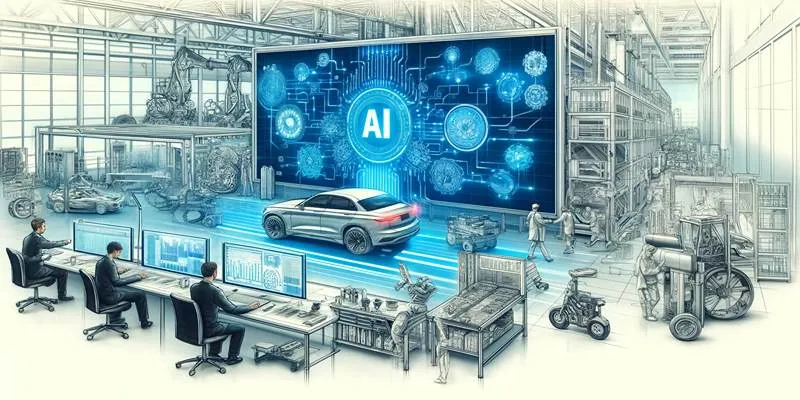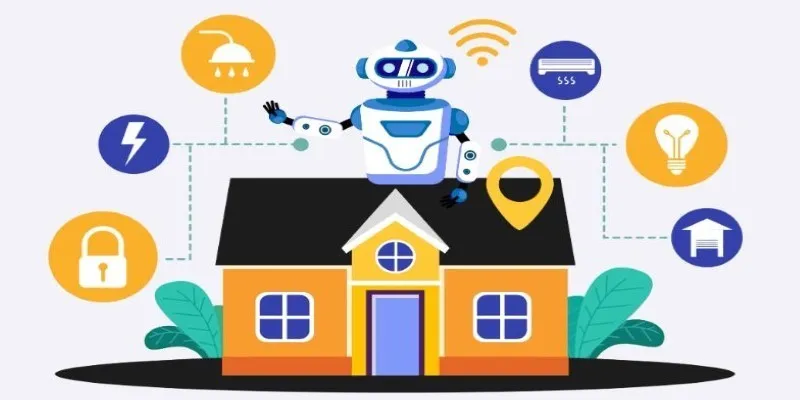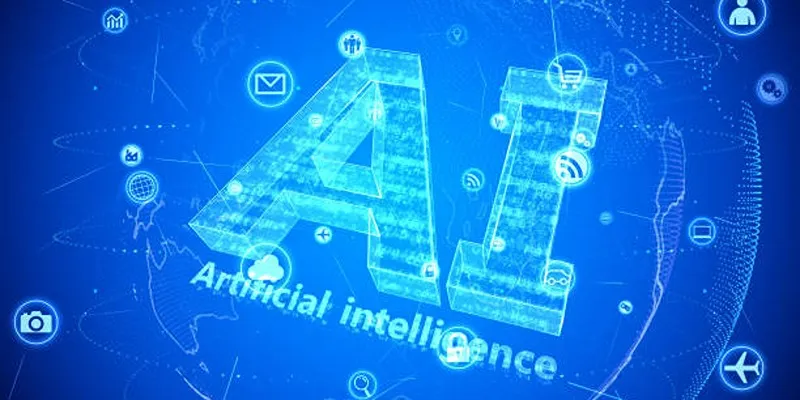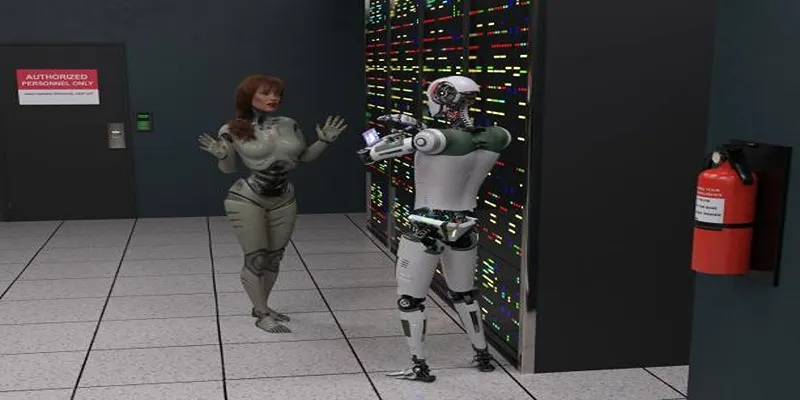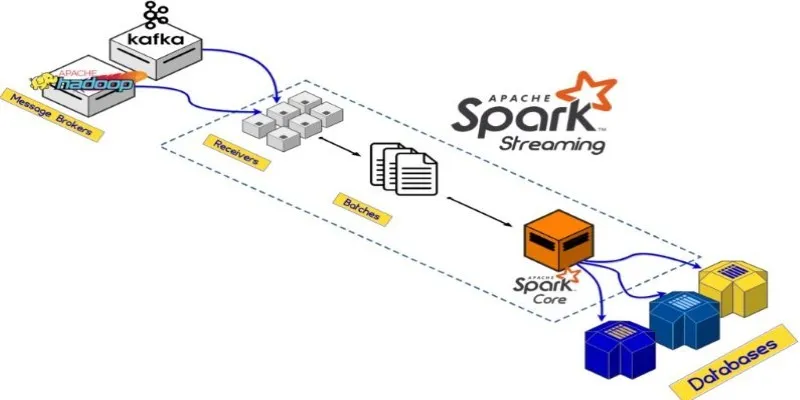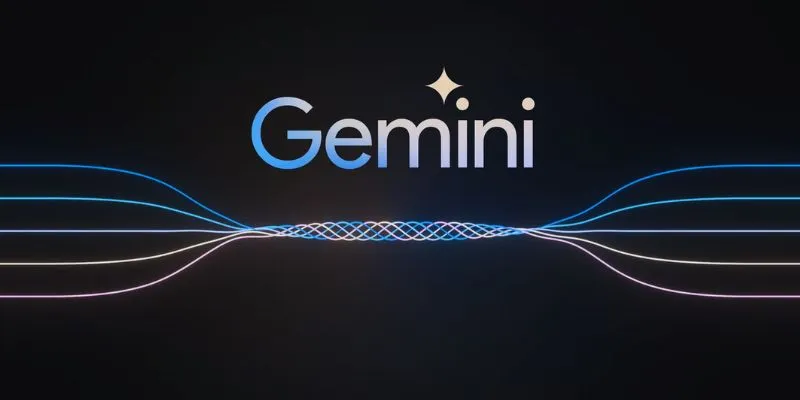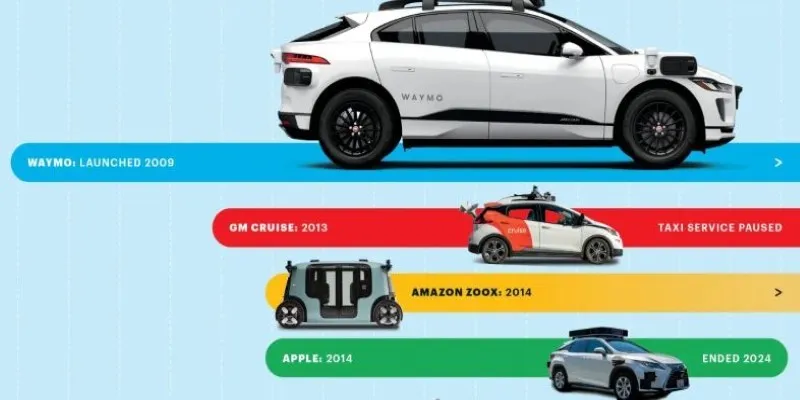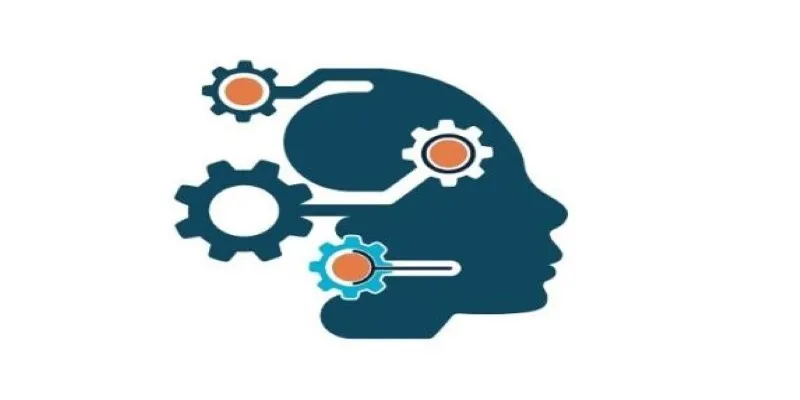Simultaneous Localization and Mapping (SLAM) is a pivotal technology in modern advancements, empowering machines to autonomously navigate unfamiliar environments. From autonomous vehicles to drones and robotic vacuum cleaners, SLAM enables the creation of environmental maps while simultaneously tracking the machine’s position within those maps. This capability closely mimics human spatial perception—understanding our location while making sense of our surroundings.
However, the challenge lies in executing these dual tasks accurately, especially in unpredictable or dynamic environments. As technology advances, SLAM continues to evolve, driving innovations in robotics, augmented reality, and even deep-space exploration.
Understanding SLAM Technology
At its core, SLAM utilizes sensor data, algorithms, and computation to build an internal map and provide a real-time estimation of a system’s position. It typically employs cameras, lidar, radar, or depth sensors to constantly scan the environment as the machine moves. The real challenge isn’t just data collection; it’s ensuring accurate movement and location determination relative to the collected data points.
SLAM relies on mathematical techniques such as probability theory and optimization methods to function effectively. A significant challenge is managing uncertainties—sensor noise, moving objects, and varying light conditions can all introduce inconsistencies. Advanced SLAM systems use methods like filtering and loop closure detection to mitigate errors. Loop closure, for instance, allows a system to recognize previously visited locations, updating the map and position estimate accordingly. This continuous refinement prevents the system from drifting over time, a common issue in large environments.
SLAM is generally categorized into two main approaches: feature-based and direct. Feature-based SLAM identifies recognizable landmarks, such as edges or corners, and tracks them over time to build a map. In contrast, direct SLAM processes raw sensor data, often dense image data, to estimate the environment’s structure. Both approaches offer benefits, and modern systems often combine them for improved accuracy and robustness.
Everyday Applications of SLAM
SLAM is no longer confined to robotics research—it’s actively shaping everyday technology. One of its most widespread applications is in autonomous vehicles. Self-driving cars rely on SLAM to navigate roads, avoid obstacles, and maintain awareness of other vehicles and pedestrians. Unlike traditional GPS, which struggles in urban environments or tunnels, SLAM provides real-time localization independent of external signals.
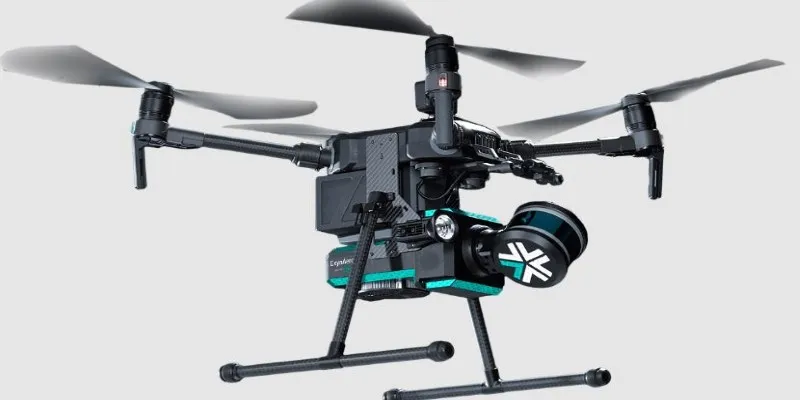
Drones and robots also benefit from SLAM, especially in areas where GPS is unreliable or nonexistent. Agricultural drones use it to map large fields, delivery robots navigate complex warehouses, and underwater robots explore deep-sea environments where traditional mapping methods fall short. In space exploration, rovers use SLAM to traverse planetary surfaces, where precise localization is crucial for mission success.
SLAM is also a cornerstone in augmented reality (AR). Applications like interactive gaming, real-time navigation overlays, and AR-enhanced design tools require SLAM to align virtual objects with the real world. Without SLAM, AR applications would struggle to maintain stability, causing objects to drift or lose alignment when viewed from different angles.
The medical field is increasingly benefiting from SLAM, particularly in robotic-assisted surgeries. Precision is crucial in these applications, and SLAM provides the spatial awareness needed for robotic instruments to navigate within the body. Even in non-surgical applications, SLAM is improving medical imaging and diagnostics by enhancing 3D mapping of internal structures.
Challenges and the Future of SLAM
While SLAM has made significant strides, it still faces notable challenges. One major hurdle is real-time processing. Mapping an environment and tracking movement demands considerable computational power, especially in large-scale applications like city navigation or disaster response. While hardware improvements are aiding this, optimizing algorithms to function efficiently with limited resources remains an ongoing challenge.

Another challenge is dealing with dynamic environments. SLAM works best in stable settings where objects remain stationary. However, real-world scenarios involve people, vehicles, and changing lighting conditions that can disrupt mapping accuracy. Researchers are actively developing techniques to make SLAM more adaptable, incorporating machine learning and AI-driven prediction models to enhance robustness.
As SLAM becomes more integrated into consumer devices, security and privacy concerns are rising. Mapping an environment inherently involves collecting spatial data, raising questions about data storage, processing, and potential misuse. Companies developing SLAM-based products must find ways to balance functionality with user privacy, ensuring ethical and secure data collection.
Looking to the future, SLAM will likely see deeper integration with AI, cloud computing, and edge processing. As machine learning models become more efficient, SLAM systems will dynamically refine their mapping accuracy, even in highly unpredictable environments. Cloud-based SLAM could enable real-time sharing of mapping data, creating a more interconnected and intelligent system of spatial awareness.
Additionally, SLAM is expected to play a larger role in smart cities, where autonomous navigation and real-time mapping are essential for efficient transportation and urban planning. Robots and AI assistants will increasingly rely on SLAM to interact seamlessly with the world around them, pushing the boundaries of automation in both personal and industrial settings.
Conclusion
Simultaneous Localization and Mapping is revolutionizing how machines perceive and interact with the world. From self-driving cars and drones to AR applications and medical advancements, SLAM is shaping the future of technology. Despite challenges, ongoing research and advancements in computing power are steadily enhancing its capabilities. As SLAM becomes more sophisticated, its applications will continue to expand, making it an essential component of modern automation. Whether enabling robots to navigate unknown terrain or enhancing our interaction with digital environments, SLAM is driving a future where technology is more aware, adaptive, and intelligent than ever before.
 zfn9
zfn9
